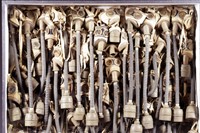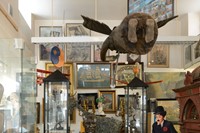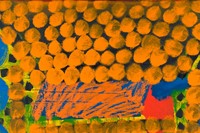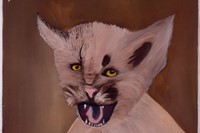A new exhibition Magnificent Obsessions, focuses on artists and their brilliant collections
The art of collecting is a subject which has interested AnOther for quite some time. Last year AnOther discovered Simon Foxton’s ties, Margaret Howell’s pebble collection, and Stephen Jones’s unique assortment of Scandinavian glass, while the A/W14 issue of AnOther Magazine was linked around the theme of obsession. History is rich with hoarders: Dutch painter Rembrandt was a notorious collector, gathering everything from seashells to musical instruments and weaponry, while Dr Seuss accumulated an extravagant compendium of hats throughout his lifetime. Frank Sinatra collected model trains, as does Rod Stewart, while Tom Hanks collects typewriters. Our favourite modern day heroic hoarder may be Johnny Depp, who gathers bugs, bones and a miscellany of items once owned by Jack Kerouac.
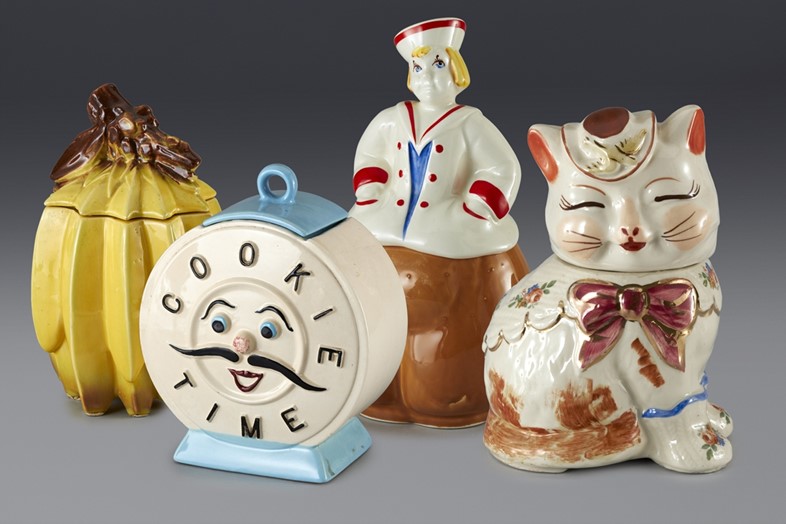
In recent months the idea of categorising and methodically grouping objects is one that has been placed on the fashion radar by the detailed studies of photographer Hans Eijkelboom and Leanne Shapton’s book, Women in Clothes. It is also the subject of a new exhibition at the Barbican Centre, Magnificent Obsessions: The Artist as Collector. Curated by Lydia Yee, it is the first major exhibition in the UK of its kind, displaying a vast cabinet of curiosities which celebrates Andy Warhol’s cookie jars, Martin Parr’s postcards and Arman’s eclectic assortment of masks.
“I think of a collection as being like a map of a person’s life" — Damien Hirst
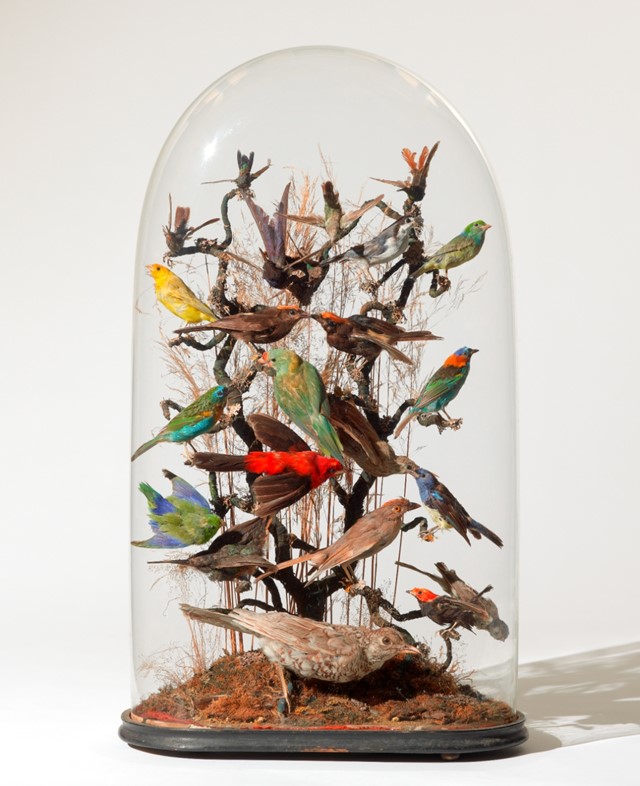
Damien Hirst’s multiple collections of skulls and tropical birds are also on display, alongside an entomological cabinet created in 2013 which is methodically lined with insects. “I think of a collection as being like a map of a person’s life,” he explains. “Like the flotsam and jetsam washed up on the beach of somebody’s existence. A collection is deeply personal, and says so much about who the collector is.” Hirst recalls an obsessive hoarder who lived next door to him in the 1980s. “When he disappeared I got into his house and it was the most incredible thing I’d ever seen. It was 60 years of existence in one room, piled all the way up to the ceiling: collecting gone mad. I started using his belongings to make collages. It’s something I still think about when acquiring new objects and curiosities… I think the collector is always part of a bigger story.”
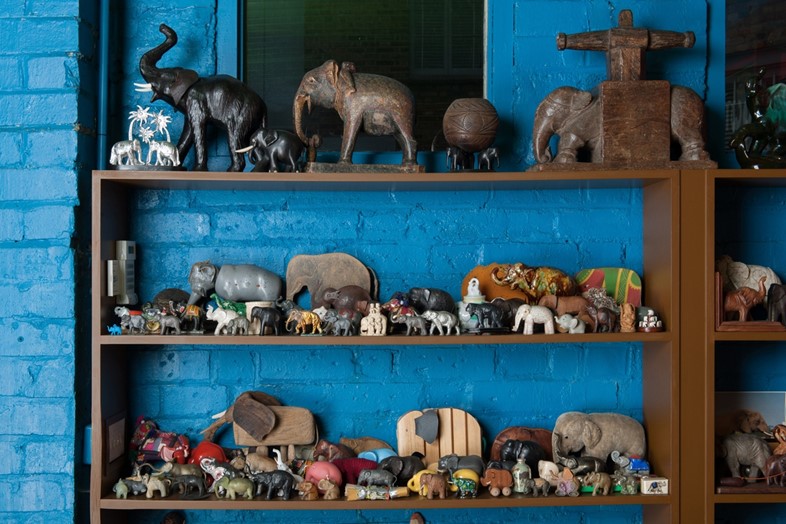
Another serial collector is Peter Blake, who has an artist studio packed with Victorian taxidermy, enamel elephants, toy trains and masks. Blake’s interest in collecting can be traced back to his childhood, when he was evacuated to Worcester with his sister to live with his eccentric grandmother, who filled her home with mincing machines and packed cocktail cabinets. “She never even drank cocktails,” remembers Blake. “I went to Gravesend School of Art in 1945, and by the station there was a kind of junkyard. The very first time I went there, I bought a papier-mâché Victorian tea tray, an outsider art painting of the Queen Mary and a complete set of leather-bound Shakespeare. So I bought myself a library and from then on I collected, sometimes towards art, sometimes just for the sake of it. That triggered a lifetime of collecting.”
Magnificent Obsessions: The Artist as Collector at the Barbican runs until May 25

